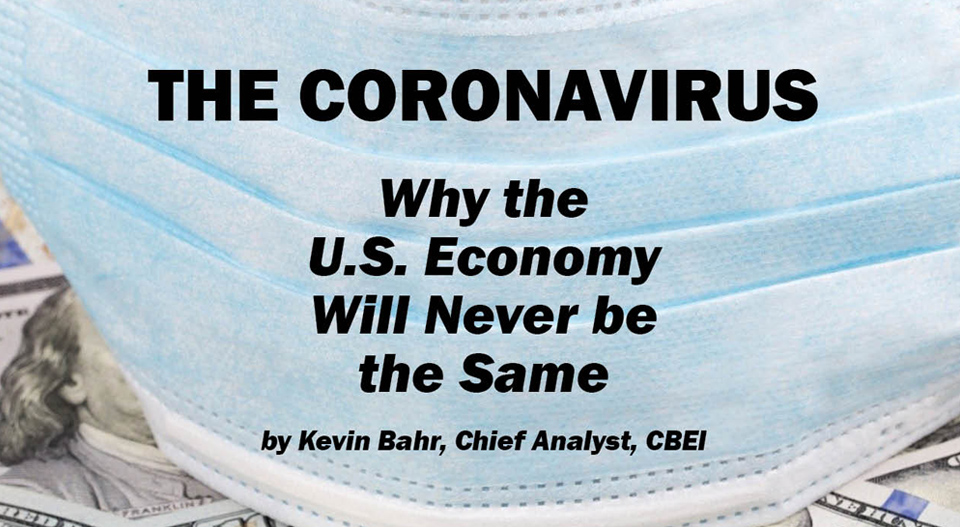
The stock market is not the economy. However, the stock market reflects what is expected to happen to the economy.
Although some political leaders doubted the impact of the coronavirus on the United States, a growing uncertainty was becoming evident in U.S. financial markets. As the coronavirus worked its way through China, South Korea, and Italy, U.S. stocks became increasingly volatile and returns became negative. According to Morningstar, the return of the S&P 500 was -0.16% in January and -8.24% in February. Clearly, the markets were reflecting the increasing concern of the economic impact of the virus on the world and the United States.
The coronavirus created great uncertainty – in terms of both healthcare and the economy. And it wasn’t just the United States, it was global. The year-to-date returns through February were down significantly for most stock markets around the world. Stock market declines in the first two months of 2020 included: Canada -5%, Mexico -7%, Germany -11%, France -12%, Japan -9%, and China -7%. The global economic and healthcare crisis was clearly reflected in financial markets around the world.
March began with another week of stock market turmoil. 7%, 13%, and 20% – those are the magic drops in the S&P 500 that trigger “circuit breakers” for the New York Stock Exchange (NYSE). Circuit breakers are when stock market trading is halted to give investors and traders a breather to assess what is going on and avoid panic selling. A decline of 7% triggers a 15-minute halt in stock trading; a 13% decline triggers another 15-minute halt. If the S&P 500 declines by 20% on a given day stock trading is stopped for the day. On Monday morning March 9, the S&P 500 declined by over 7% and trading on the NYSE was temporarily halted. The growing uncertainty and impact of the coronavirus on global economies was evident once again. The S&P 500 finished the month with a -12.51% return.
Consumer spending accounts for approximately two-thirds of U.S. GDP growth and growth in consumer spending fueled the recent economic expansion. Any event that reduced that spending would derail the economic growth. The coronavirus would change consumer spending quickly and significantly. As the virus spread in March and stay-at-home orders became all too familiar, a service-sector economy would be significantly impacted and quickly. That’s pretty much what the financial markets were forecasting; and that is exactly what happened when the U.S. Department of Labor announced that initial jobless claims exploded to a seasonally adjusted 3.28 million in the week ended March 21 up from the prior week claims of only 282,000. Unemployment claims doubled the following week to 6.65 million.
While some leaders may have doubted the economic and healthcare impact of the coronavirus, the financial markets said otherwise. The stock markets reflected the growing concern and expected economic impact on corporate profits around the world. The U.S. stock market was a precursor to what would happen in the U.S. labor market.
CBEI Blog Series: The Coronavirus – Why the U.S. Economy Will Never be the Same
Part 1: What Happened – A Review of the Economic Impacts
Part 2: What Happened – A Review of the Stock Market
Part 3: What Will Change – Supply Chains
Part 4: What Will Change – Healthcare
Part 5: What Will Change – Deficits and Government Spending
Part 6: What Should Change – An Appreciation for Service Sector Workers
Part 7: What Should Change – Securities Regulation of Congress

Kevin Bahr is a professor emeritus of finance and chief analyst of the Center for Business and Economic Insight in the Sentry School of Business and Economics at the University of Wisconsin-Stevens Point.

